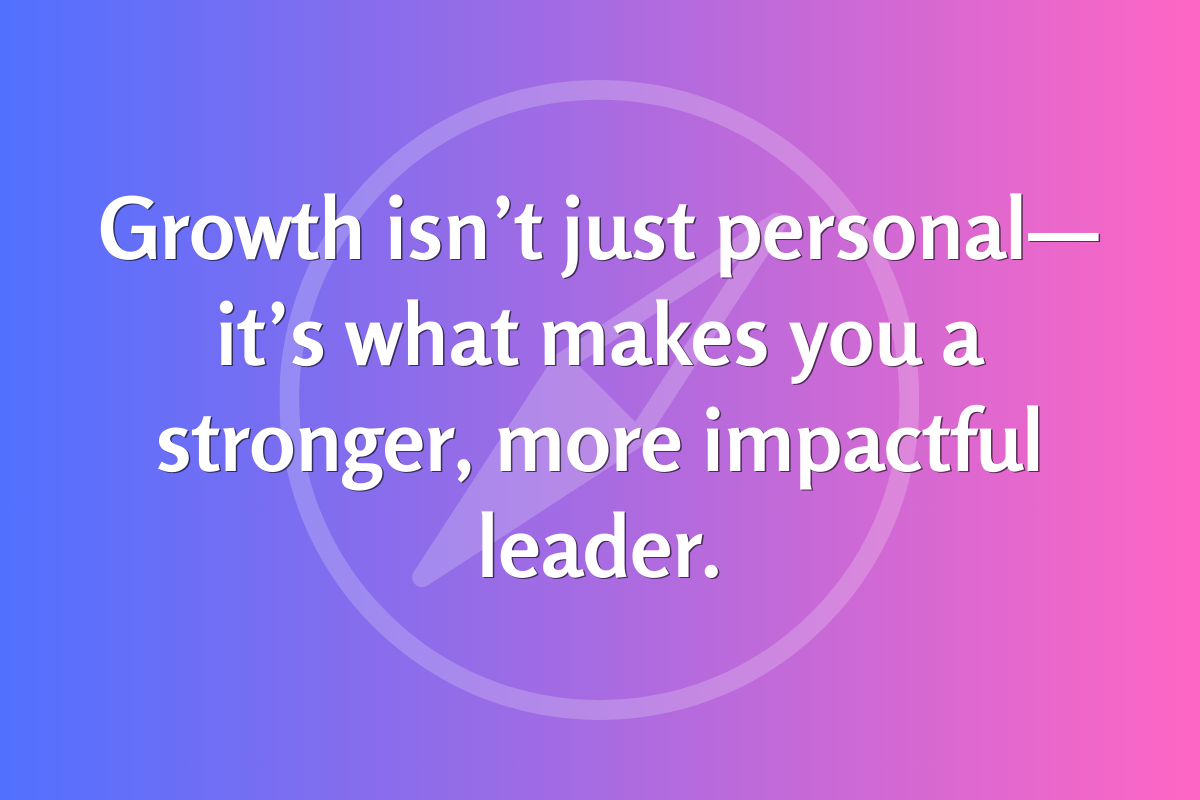How to Define, Refine, and Re-Align Your Failures as Successes

P.E.P — A Personal Evolution Practice to reframe failure and to move forward with direction and certainty on your goals and dreams.
If you haven't already, make sure to read Part I, "Your Understanding of the Meaning of Failure Could Be the Reason for Unrealized Goals and Dreams."
/meaning-of-failure-reason-for-unrealized-goals-and-dreams/
Before We Get Started…
Failure and success are complicated, emotionally loaded terms. Failure for some people can be devastating, which you may have gleaned from my story about withdrawing from my Master’s. Success is promoted in society as an “elevated” human quality. Why is that? Can we be good people without this competition of success as it is so idolized and worshiped? Clearly, this is an important topic but for another article.
The point I want to make before you proceed is that this particular P.E.P is not designed to solve the social and capitalistic issues that make success and failure so problematic. This process is not designed to solve emotional wounds related to failure, which require deep self-examination or working with a coach to come up with healthy strategies and direction. Instead, this practice is designed to help you get clarity about the steps along the way that may have tripped you up, and which may have resulted in your feeling like a failure.
The Desired Outcome of this Personal Evolution Process:
- DEFINE: To help you understand why you believe you failed at a past goal or dream;
- REFINE: How to reframe your understanding of that failure, and lastly;
- ALIGN: To create a new and improved strategy to complete the refined goal, or to no longer see yourself as a failure.
Step 1 — Define the Failure.
- Describe the event that you have identified as a failure. Why do you think you failed? Go deep into that moment to document in writing exactly how you felt about your failure.
- Can you identify what blocked you from completing your major goal? Why do you think that happened?
- Describe the metrics, or the ways that you planned to measure or quantify accomplishing your goal.
- Did you have a method for keeping track and what to do if you went off track? Did you have “goal posts” along the way that would be accomplishments in and of themselves and would indicate you were on track? What were they? Which ones did you successfully complete?
Step 2 — Refine (or Reframe) the Failure and the Previous Process.
- In Step 1 you defined the failure with emotion. To refine what happened in a new way, try to describe the event as if you were reporting a series of facts on the news, or writing an historical account of an event with neutrality and without judgement. Try to be as objective as possible and avoid using any emotions in your written description.
- Next — and again without emotion or judgement — assess the metrics you identified in Step 1 to measure or quantify accomplishing your goal. Were they helpful, realistic, or missing tasks? Try to be as objective as possible.
- Based on your answers to the fourth question in Step 1, list the individual “goal posts” that you reached. Refine the importance, value, and positive feelings of accomplishing those smaller goals. In other words, reframe each of those individual goals as individual successes or wins.
- Of the many tasks and actions along the way towards your “failed goal moment”, which ones brought fear, anxiety, upset, sadness, anger, frustration, and so on. Those feelings help identify the problematic action that was causing your stress and reaction. Which actions caused a negative emotional response? If it wasn’t an action, was it the environment, a person, or was something else happening in your life that caused the feeling of threat?
- Pick one or two of the actions above that caused your negative emotional response. Can you identify one or two ways in which you could have resolved or reduced your uncertainty, stress, or anxiety? What would have made you feel more certain about taking that action?
It’s important to take a step back at this point in the process. You don’t want to slide into hindsight, wishing you had known better or doing anything self-judgemental. Instead, the purpose of Step 2 is to refine, or to reframe what has happened to better understand why those events happened in the first place.
The refinement part of this process seeks to help you reveal those potential actions that caused you a lack of prediction and response. This is the stress that stopped you from successfully moving forward — which ultimately led to your so-called failure.
Last step for Part 2: It’s time to completely re-define your so-called failure.
Considering your answers to the questions above, how would you now term your failure? Choose from one of the following three options and write a short description about why you chose that option:
- A series of too many missed-takes (as per my description in the article);
- Not having allowed for enough missed-takes (i.e., giving up too early), or;
- You were under more stress than you could handle and thus overwhelmed and believed you couldn’t compete your goal?
Step 3 — Create Alignment with a Newly Refined Goal, Action Plan, and Appropriate Emotions.
It’s okay if this is a purely academic exercise for you. Here’s what I mean. I withdrew from my Master’s program over 25-years ago. I don’t to go back to university and get my Master’s. Instead, I used this Personal Evolution Process to work through my feelings and understanding about failure related to the period of my life that had a significant impact on my personal development. By defining and refining the “failure” to complete my Master’s, I could hypothetically refine the original goal (to complete my Master’s). Instead, I framed the value of the process of intellectual development during my time at university.
However, you might have a recent experience with failure, or you might be working on a project now in which you are doubting your ability to be successful. If this is the case, ask yourself:
- How can I reframe my past actions, even if I no longer care about the previous goal, but in planing my future, specifically in how I plan my future dreams and goals?
- How can I align my newly refined goal, along with my action plan, with the appropriately motivating and empowering emotions to remain motivated, confident, safe, and secure?
Lastly, whenever you are working on your goal and find yourself feeling stressed, ask yourself:
- Does this action or task feel like a stress I can handle, like a challenge to overcome?
- Or, is this a stress that feels more like overwhelm that might lead to anxiety and me shutting down?
If you answer yes to the latter, consider going back to the questions in Step 1 and 2 to discern where you might have gone off track.





Member discussion